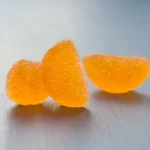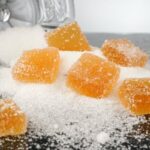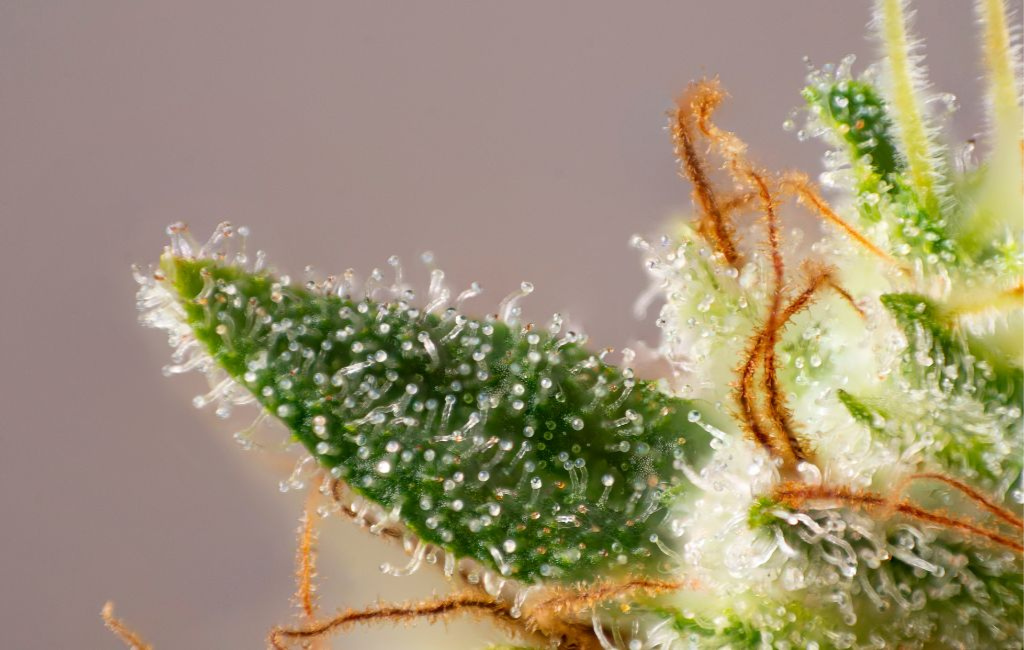THCa Flower: Potency and Uses
THCa, or tetrahydrocannabinolic acid, is a non-psychoactive cannabinoid found in raw and live cannabis. Unlike THC, THCa does not produce a high when consumed. This article explores the potency and uses of THCa flower, providing valuable insights for both novice and experienced users.
Understanding THCa
THCa is the acidic precursor to THC. When cannabis is heated through smoking, vaping, or cooking, THCa undergoes decarboxylation, converting into THC. This process is what gives cannabis its psychoactive properties. In its raw form, THCa offers a range of potential benefits without the high.
Potential Benefits of THCa
- Anti-inflammatory properties
- Neuroprotective effects
- Anti-emetic (reduces nausea and vomiting)
- Antioxidant properties
Research is ongoing, but preliminary studies suggest that THCa may help with conditions such as arthritis, neurodegenerative diseases, and nausea related to chemotherapy.
Potency of THCa Flower
The potency of THCa flower is measured by its THCa content. High-quality THCa flower can contain up to 30% THCa. The potency can vary based on factors such as the strain, cultivation methods, and harvesting techniques.
Factors Influencing Potency
- Strain: Different cannabis strains have varying levels of THCa. Indica strains often have higher THCa content compared to Sativa strains.
- Cultivation Methods: Organic and hydroponic growing methods can impact the THCa levels in the flower.
- Harvesting Techniques: The timing of the harvest and the curing process can affect the final THCa content.
Lab testing is the most reliable way to determine the THCa content of a flower. Reputable dispensaries provide lab results to ensure transparency and quality.
Uses of THCa Flower
THCa flower can be used in various ways, each offering unique benefits. Here are some popular methods:
Raw Consumption
Consuming raw cannabis leaves or buds in smoothies or salads preserves the THCa content. This method is ideal for those seeking the potential health benefits without the psychoactive effects.
Topical Applications
THCa-infused creams and balms can be applied directly to the skin. This method is beneficial for localized pain and inflammation, providing relief without entering the bloodstream.
Tinctures and Juices
THCa tinctures and juices offer a convenient way to consume THCa. These products are typically made by cold-pressing cannabis leaves and flowers, preserving the THCa content.
Vaping and Smoking
While vaping and smoking convert THCa to THC, some users prefer this method for its immediate effects. It’s important to note that this method will produce psychoactive effects due to the conversion to THC.
Case Studies and Statistics
Several case studies highlight the potential benefits of THCa. For instance, a study published in the British Journal of Pharmacology found that THCa exhibited anti-inflammatory properties in animal models. Another study in the Journal of Neuroimmune Pharmacology suggested that THCa could have neuroprotective effects, potentially benefiting those with neurodegenerative diseases.
Statistics from cannabis testing labs indicate that the average THCa content in high-quality flower ranges from 15% to 30%. This variability underscores the importance of lab testing and choosing reputable sources.
Conclusion
THCa flower offers a range of potential benefits without the psychoactive effects of THC. Its potency varies based on strain, cultivation methods, and harvesting techniques. Whether consumed raw, applied topically, or used in tinctures, THCa provides versatile options for those seeking its therapeutic properties. As research continues, the understanding of THCa’s benefits and applications will likely expand, offering even more opportunities for its use.






